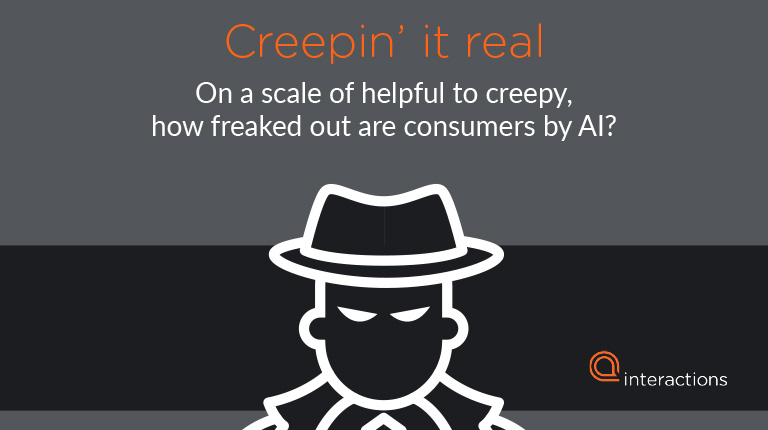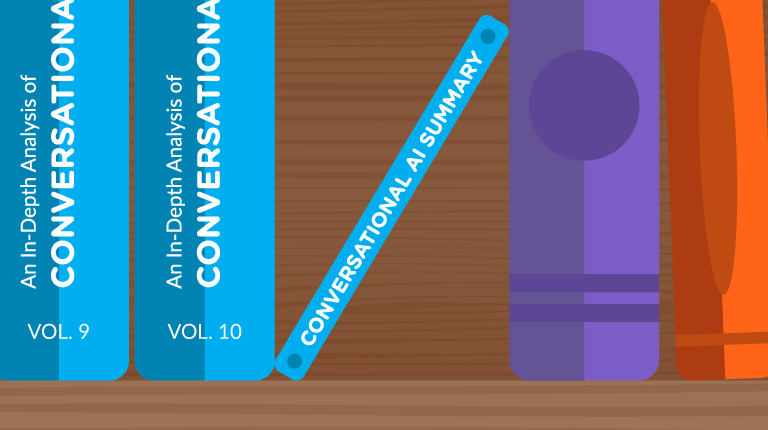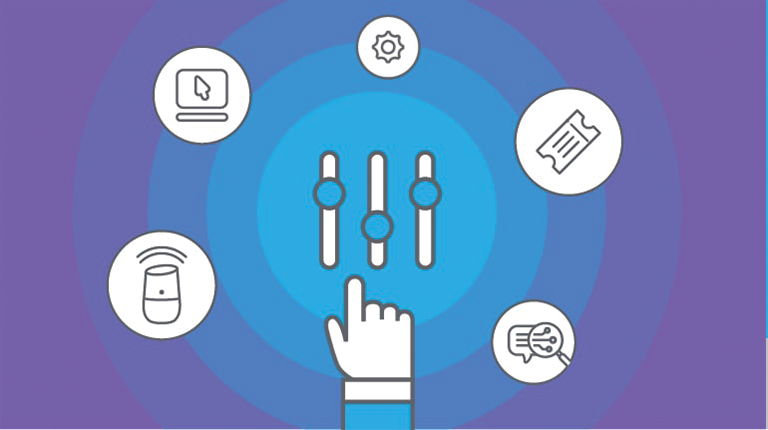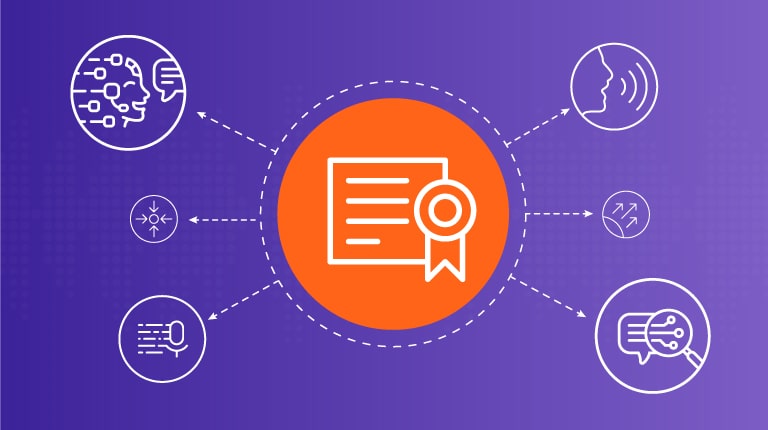While we know that the future of AI doesn’t consist of robots ruling the world and humans becoming obsolete, we admit that sometimes AI can be a bit, well…creepy. Our virtual friends are here to make our lives easier, but do we really want them knowing so much about us? We recently conducted a survey with The Harris Poll to learn the answer to the question: when is AI more creepy than helpful?
For example, have you ever gotten into your car, and Google maps automatically suggests directions for where it thinks you’re going based on the time of day? Yeah…that’s creepy. But, what about when Alexa is able to help us buy our groceries or when a company remembers your purchasing history to make suggestions? Those situations, on the other hand, can be quite helpful.
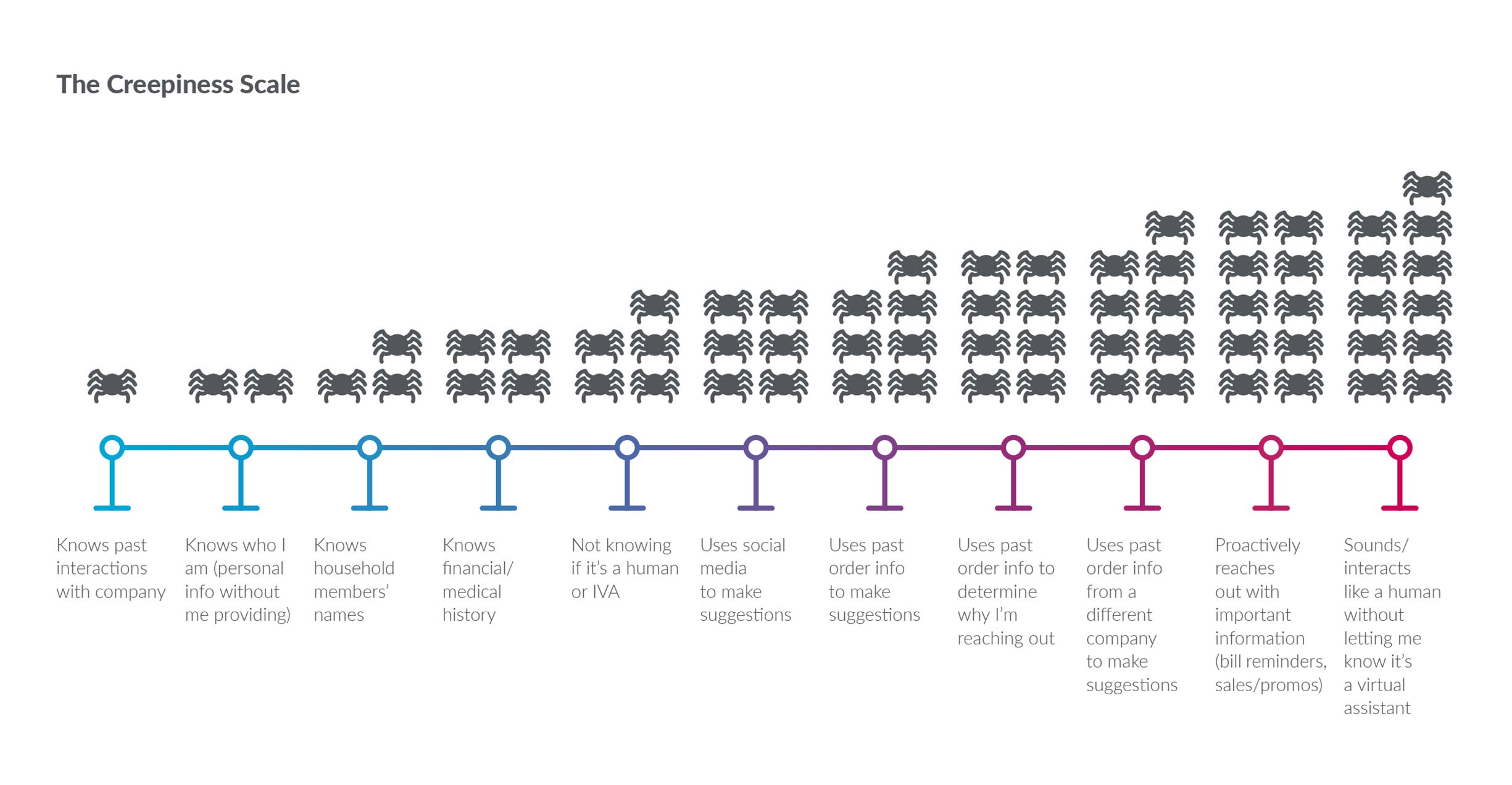
As it turns out, people are willing to turn a blind eye to the all-seeing AI when it works to their advantage. Our survey found that nearly three quarters of Americans are willing to tolerate AI’s meddling when it alerts them of a potential issue, helps them resolve a problem quickly, or solves a complex problem.
And what about all of those ads you see on Twitter and Instagram for products you’ve searched on the web (or maybe only thought about…)? Americans are on the fence. Half of us think it’s a bit creepy, while the other half find it helpful.
What we very clearly think is creepy, however, is when we’re talking to an Intelligent Virtual Assistant or other automated solution, but it doesn’t identify itself as one. Not knowing if you’re talking to a robot or a live human can be a bit trippy, and we don’t like being duped.
So, all-in-all, we’re on board with AI when it helps to make our lives more convenient, but there’s still a line and we definitely aren’t comfortable with AI crossing that line.
To learn more about where AI falls on the creepiness scale, download our new eBook, Creepin it Real, below:


